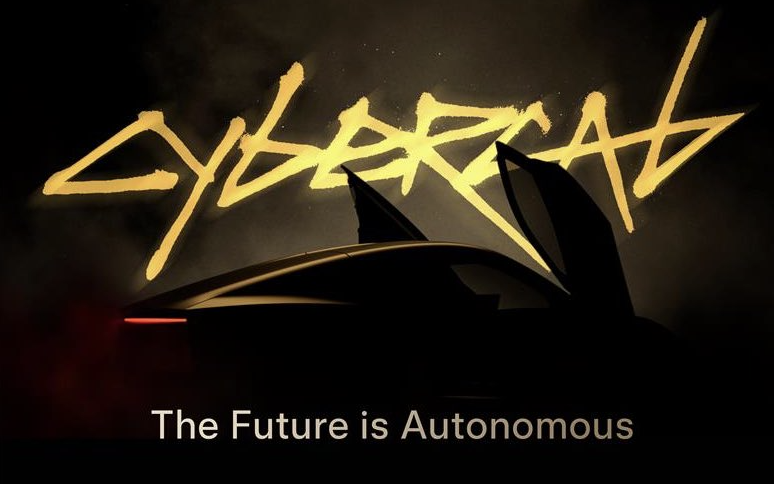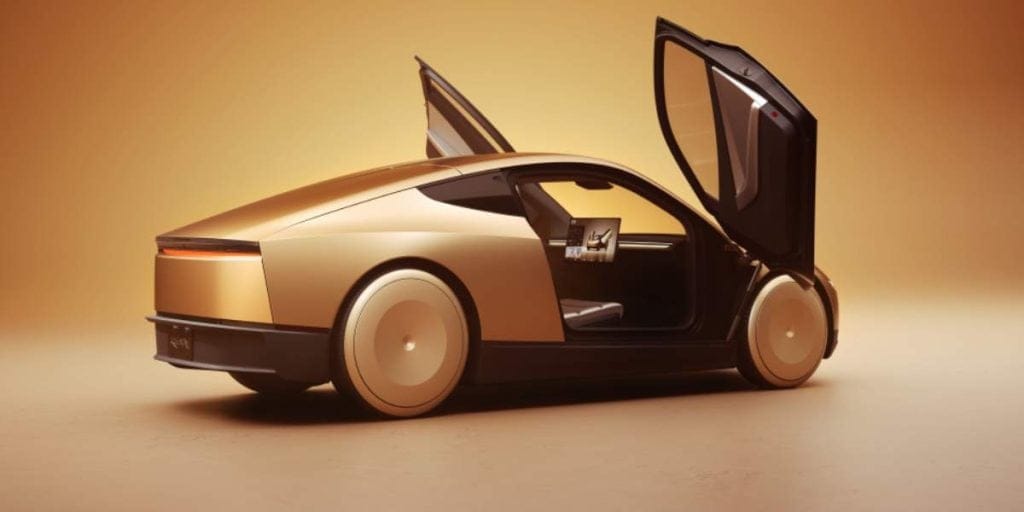Tesla is currently conducting tests for its Cybercab ride-share service at its Gigafactory in Texas, where mass production is expected to start in 2026, assuming Elon Musk can navigate the autonomous vehicle regulations effectively by that time.
Fleet Launch Plans
To begin, Tesla plans to utilize a fleet of its existing vehicles to provide a driverless shuttle service on the Cybercab platform for employees in Texas and California. This is part of the so-called unsupervised Full Self-Driving (FSD) phase, which requires demonstration that the self-driving technology is safer than human drivers. Elon Musk insists this will all happen within the next three months, aiming to roll out unsupervised FSD by year-end in select cities across these two states.
Regulatory Challenges
However, even this stage of the Robotaxi rollout will face significant regulatory hurdles, not to mention the challenges for a fully driverless Cybercab that lacks both steering wheels and pedals. It remains uncertain whether Tesla can meet its self-imposed timeline. Musk’s optimism might be linked to his new role leading a fresh Department of Government Efficiency (DOGE), which he claims will advance federal regulations for autonomous vehicles, benefiting all electric vehicle makers.
Public Sentiment and Speculation
Despite this, experts are doubtful about the likelihood of getting approval for any car without steering wheels or pedals on public roads in the near future. This is why a recent drone flight over Giga Texas that captured the Cybercab seemingly driving with what appeared to be a steering wheel generated so much excitement.
Many hoped Tesla would include a steering wheel at launch to expedite regulatory approval. Others speculated that this could be the much-anticipated Model 2/Q, which was supposed to launch before the Cybercab, and would be built on the same platform.
Reality Check
In truth, the supposed steering wheel was probably just an optical illusion, like a shadow of the A-pillar cast on the tinted windshield or a seat belt draped over a passenger dummy. The Cybercab appeared to be dropping off passengers and moving away, which are tests Tesla must conduct for its planned employee shuttle service.
Even if the object was indeed a steering wheel, it could have been an engineering control device, similar to those used by Tesla to navigate the Cybercab in settings like ramps or showrooms where it frequently appears. When asked how the Cybercab reached its spot at a recent Brussels auto expo, the Tesla team jokingly said “magic” with smiles, and then added, “if there’s a computer inside, anything is possible,” suggesting some manual control could be involved.
Merchandise for Fans
Regardless, it seems like the American public will have to wait quite a while before the Cybercab can provide ride-share services through Tesla’s dedicated platform on public streets. In the meantime, Tesla is rolling out special merchandise to keep its fans engaged until the launch.
The Cybercab is now featured in Tesla’s apparel store, with a black T-shirt showcasing its logo and silhouette on the front, and the Tesla wordmark on the back. The Cybercab Tee is priced at $40 and is said to be inspired by the Cybercab launch event to complement its gold exterior.
Source:
Link






